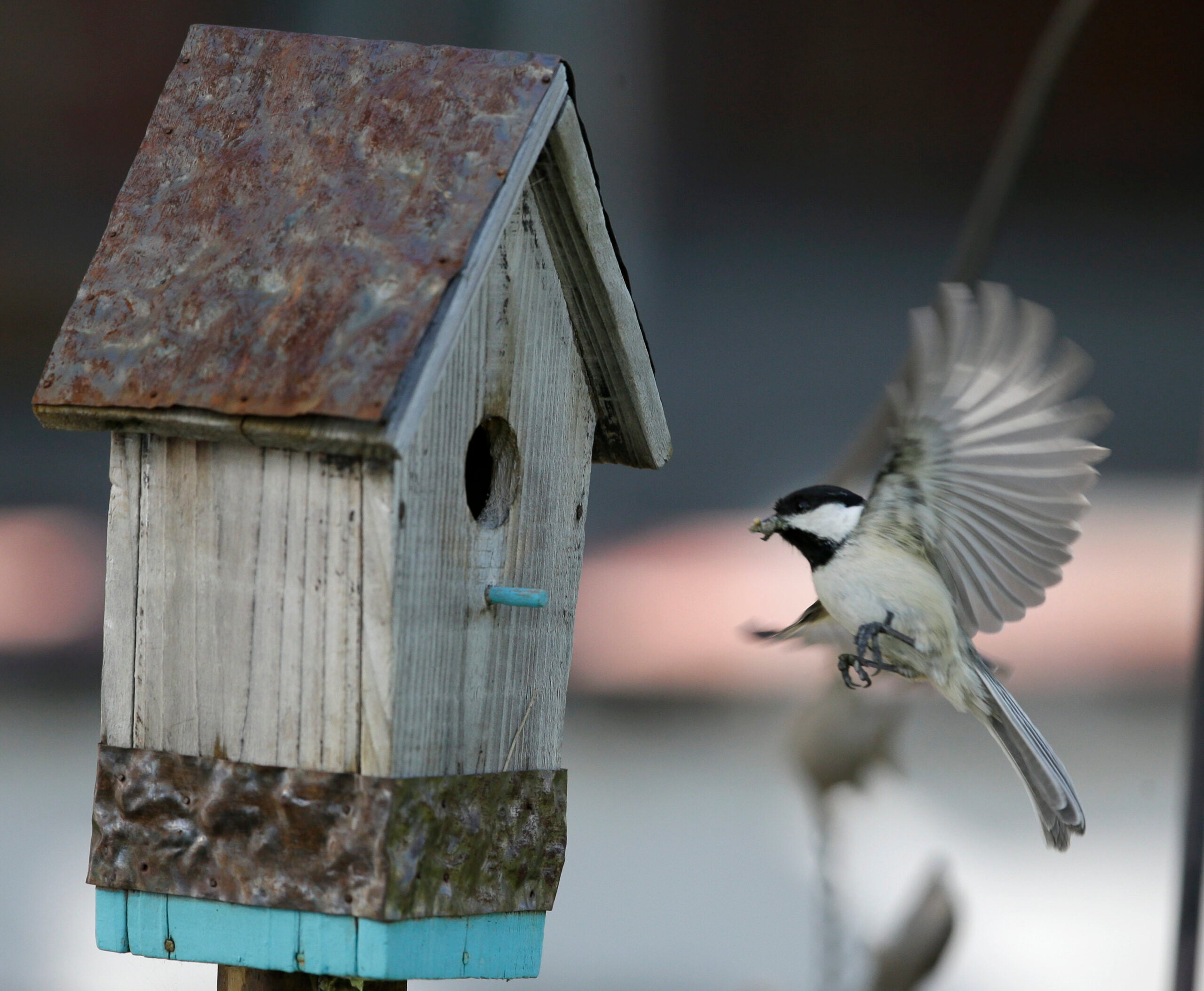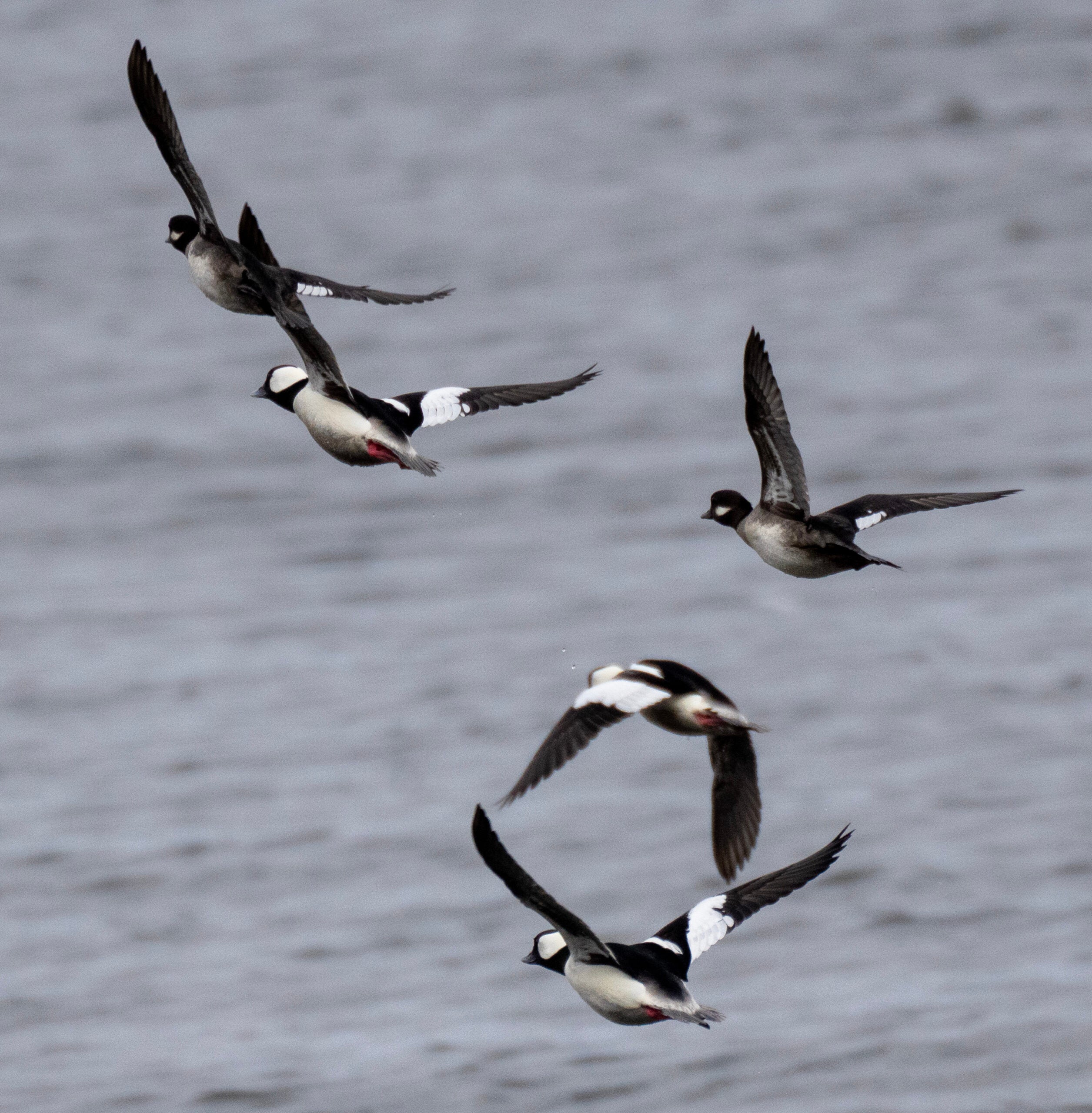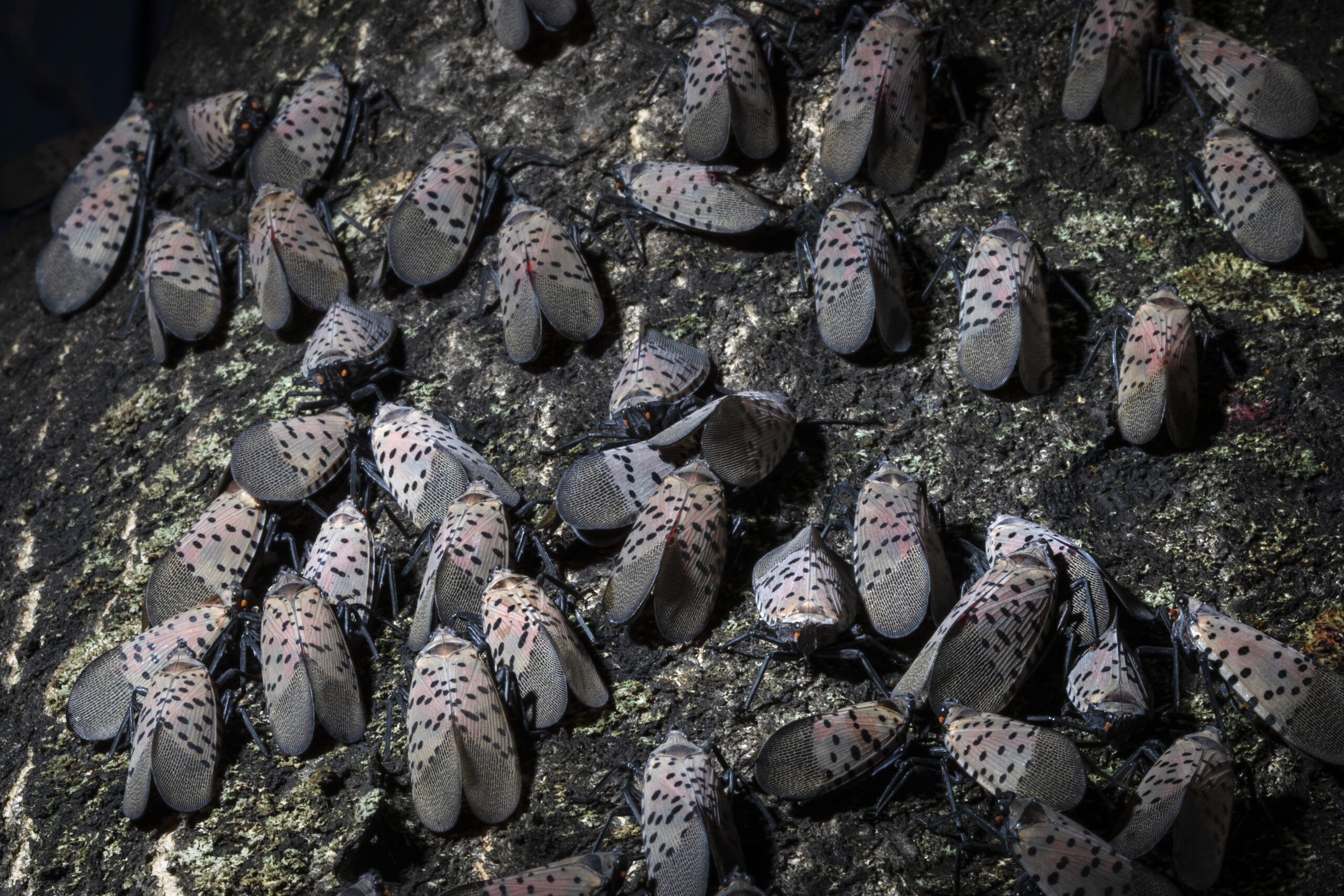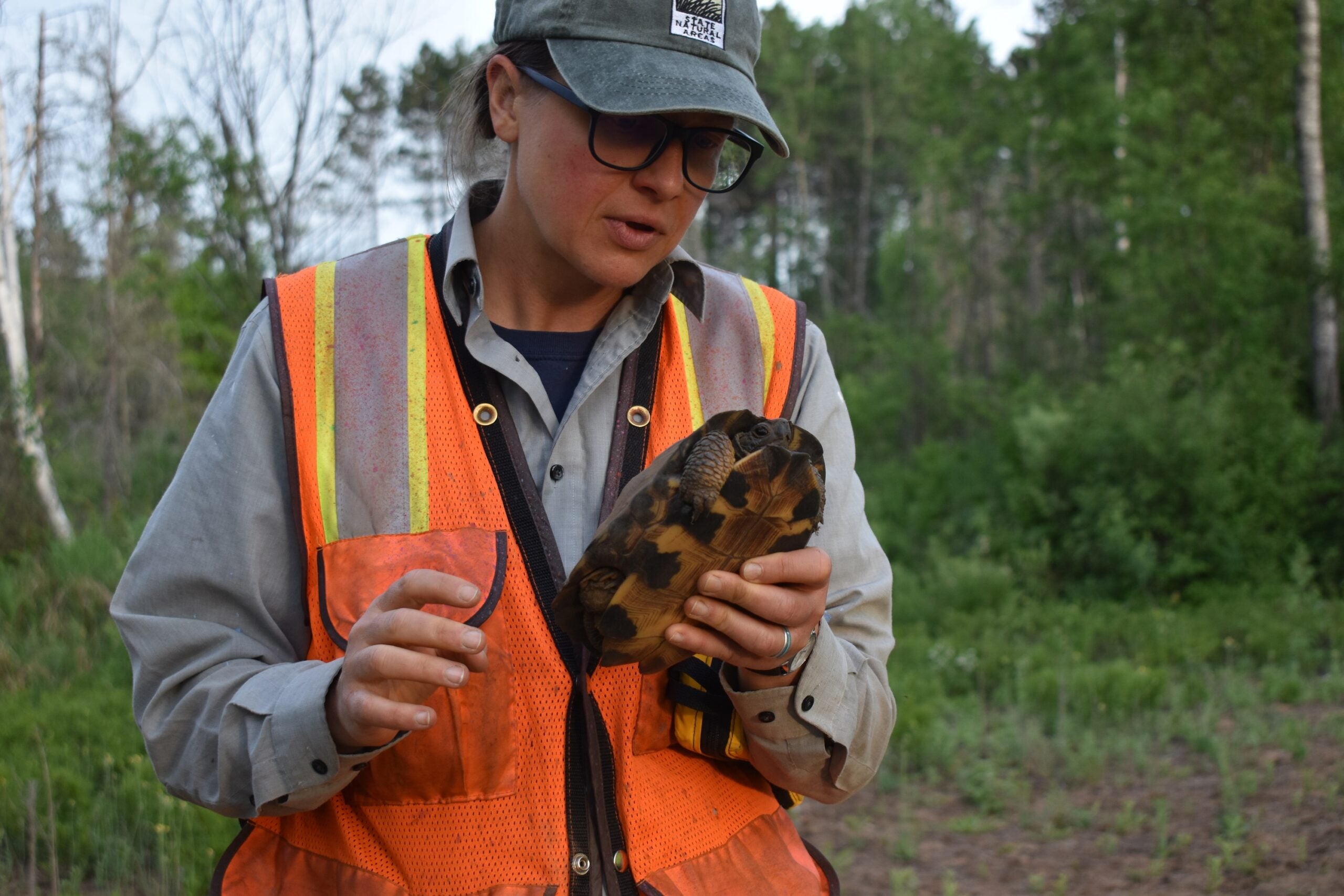It’s estimated that two-thirds of North American birds are at risk of endangerment or extinction because of climate change. And there are plenty of other dangers to these bird species, too.
In an effort to help them, co-authors Margaret A. Barker and Elissa Wolfson have written a new book that teaches its readers how to build better birdhouses for cavity nesters — birds who need tree holes that are naturally or artificially created — and other nesting birds.
“That’s why we wrote the book, in order to help people help birds go against these detriments like climate change, window strikes, outdoor cats and the myriad of dangers that birds and especially migratory birds face,” Wolfson said.
News with a little more humanity
WPR’s “Wisconsin Today” newsletter keeps you connected to the state you love without feeling overwhelmed. No paywall. No agenda. No corporate filter.
“Audubon Birdhouse Book: Building, Placing, and Maintaining Great Homes for Great Birds” is an updated version of the original release in 2013.
Humans can help, especially with housing. Barker said birds have lost so much of their natural habitat because of development and can have difficulty finding places to nest.
“That might not actually occur to a lot of people, that birds actually need places to nest, but they do,” she said.
Wolfson said the book is organized by bird species, and goes through housing options for birds who “live in boxes,” such as the bluebird or purple martin, and those who nest elsewhere, such as ospreys, loons and burrowing owls.
There are a few options in the book for putting out simple “houses,” like a shelf for a robin or a phoebe that would sit under your porch overhang, or a morning dove nest cone made of screen that’s placed in the fork of a tree.
Leave The Dead Trees
Perhaps the most effortless of the options to build better birdhouses is to just leave dead trees standing.
Woodpeckers often create the holes in dead trees. The birds will use them for a season and abandon them, leaving them available for other bird species.
But the availability of these trees is becoming rarer.
“These old dead standing trees are perceived as ugly,” Wolfson said. “People will often take them down and these cavities provide a wonderful service.”
If you have to fell a dead tree, putting up a birdhouse in its place is a helpful substitute.
Go Natural
Barker said a lot of the premade birdhouses that are designed to look “cute” aren’t the best for birds.
“They’re highly painted, they’re lacquered, which can lead to overheating inside the nest box and just unsafe conditions,” she said.
Moreover, these birdhouses might have perches on the outside, which is an invitation for predators to sit on those perches and cause issues.
Barker and Wolfson write that the tree cavities and ledges where birds reside in nature aren’t brightly colored or highly decorated, anyway.
Build For The Species
Take stock of which kinds of birds you’re hoping to attract with your birdhouses. That impacts size, material and placement.
For example, the birdhouse’s entry hole should be wide enough to let some birds in and keep others out, the authors write. Too big, predators can get in. Too small, birds can lose feathers as they travel in and out.
Additionally, there are some birds that don’t use nest boxes, for example the male American goldfinch, so birdhouses advertised for them are ploys.
The Audubon Birdhouse Book features top designs for all sorts of birds that do nest. These designs include Xboxes for bluebirds, flycatchers, swallows and titmice; and v-shaped shelves for American robins, house finches and phoebes, and plenty more.
“If you build it, they will come,” Wolfson said. “That’s the best part about putting up a birdhouse.”
Wisconsin Public Radio, © Copyright 2026, Board of Regents of the University of Wisconsin System and Wisconsin Educational Communications Board.



